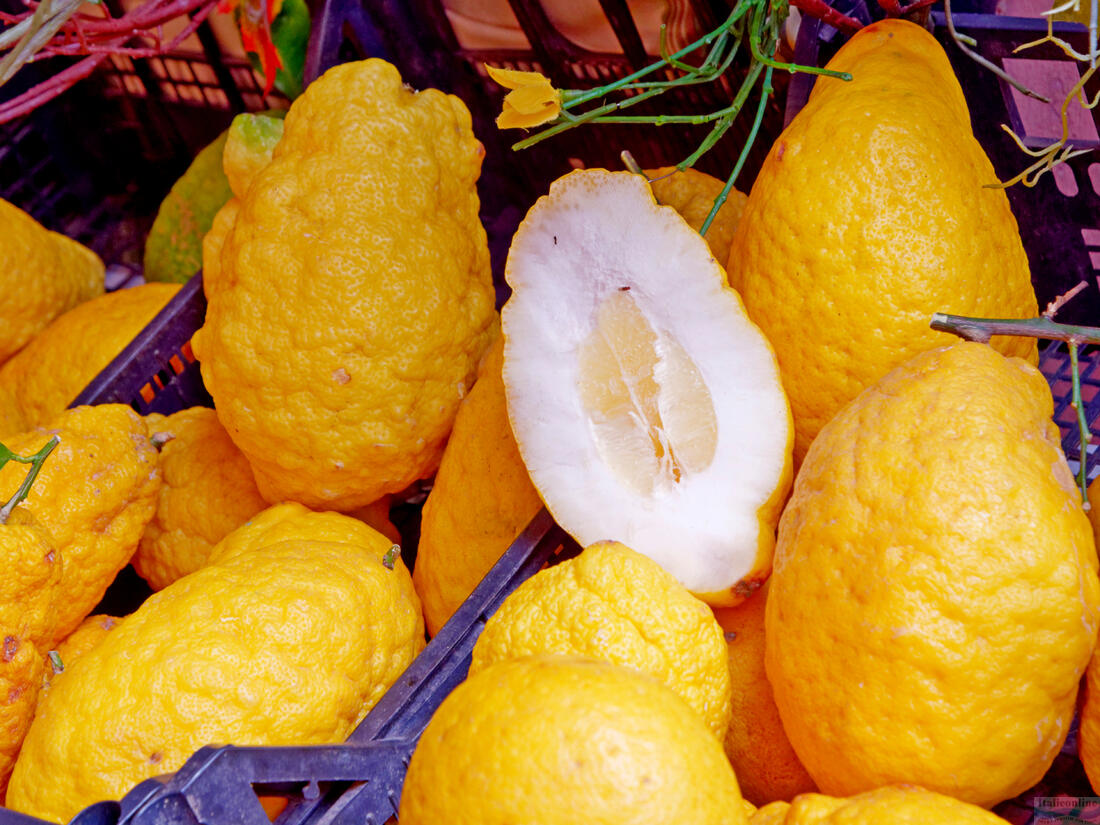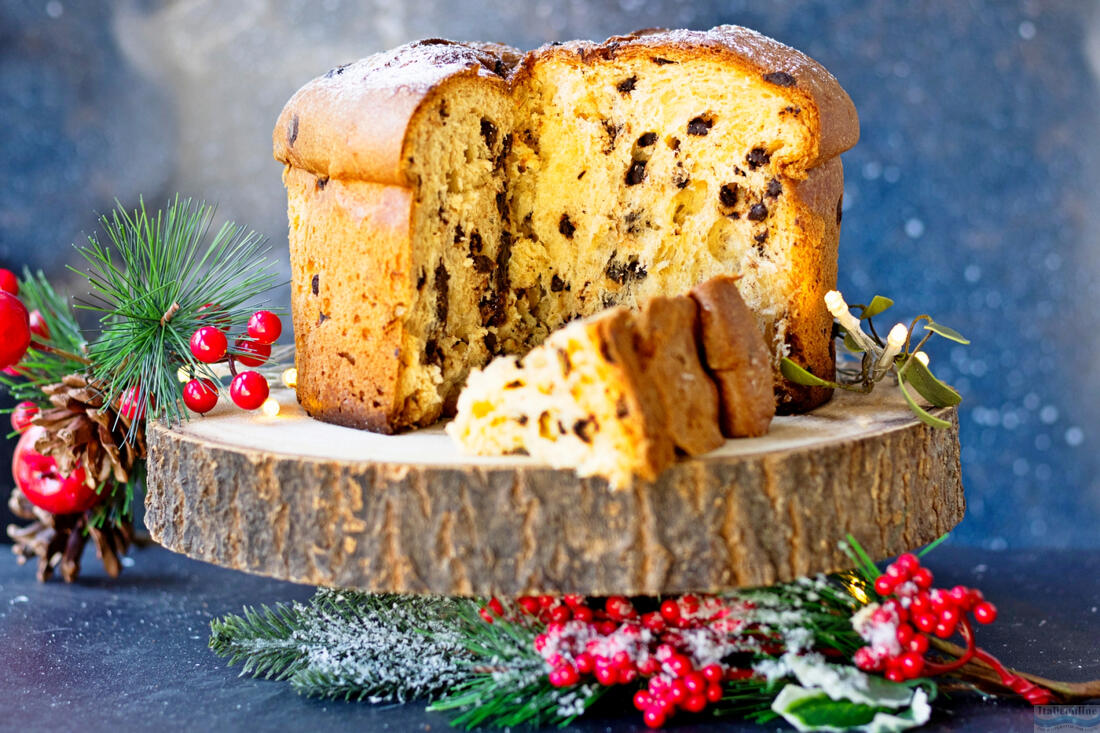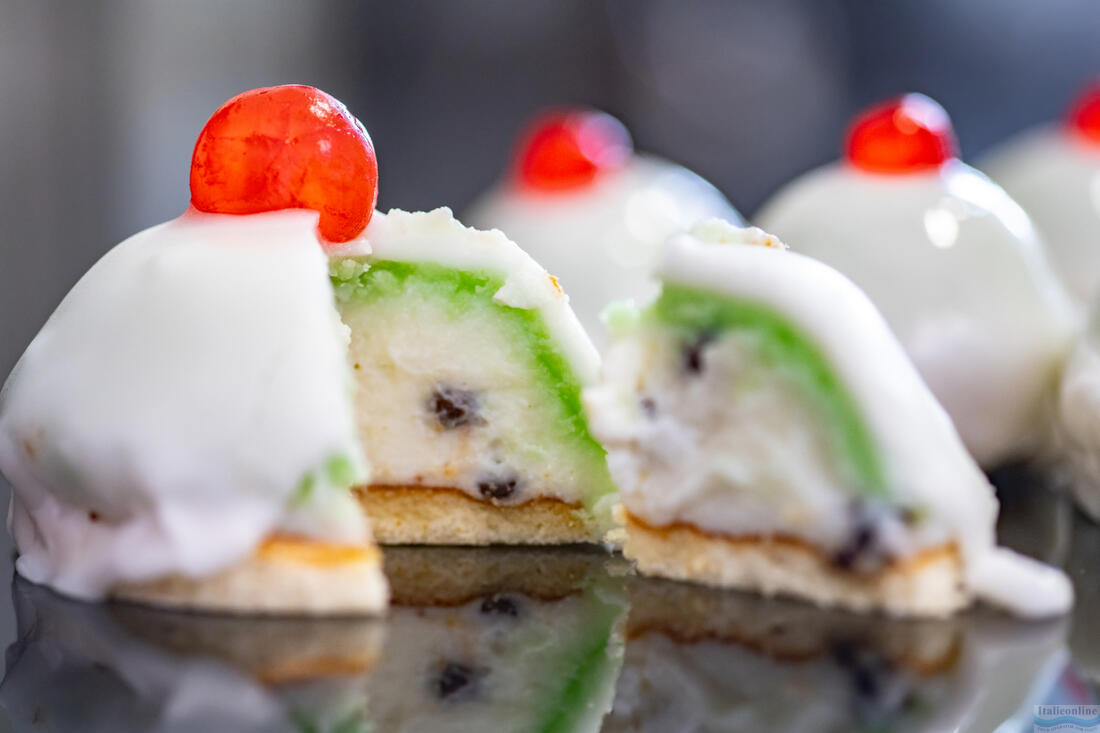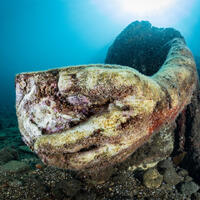Cedar fruits are large, oval to pear-shaped, with a very thick and bumpy rind. The colour of the fruit can range from pale yellow to dark yellow. Unlike other citrus fruits, the cedrat contains very little pulp and juice. However, the rind of the cedrat is very aromatic and contains many essential oils, giving it a wide range of uses:
-
In the kitchen, cedar is used mainly for its aromatic bark. It can be candied and used as a sweet or as an ingredient in desserts. Cedar bark is also often added to jams, teas and liqueurs. In some cultures, cedar is used to flavour food and drink.
-
Cedarwood has a long history of use in traditional medicine. It is known for its antiseptic and antioxidant properties. It has been used to treat digestive problems, strengthen the immune system and relieve inflammation. Cedar bark also contains flavonoids and vitamin C, which contribute to its health benefits.
-
Due to its intense and pleasant scent, cedarwood is popular in perfumery. Essential oils extracted from cedrat bark are used in perfumes, scented candles and other cosmetic products.

History and Cultivation of Cedars in Italy
Cedars have a long and rich history in Italy, especially in the southern regions of the country. Italy is one of Europe's main producers of cedrats, with Calabria and Sicily being the best known areas for growing these citrus fruits. Cedars are valued in Italy not only for their culinary use but also for their cultural and religious significance.
Calabria, specifically the area around the town of Santa Maria del Cedro, is one of the most important cedar growing areas in Italy. The climatic conditions here are ideal for the growth of these citrus fruits. Calabrian cedrats are renowned for their quality and size and are often used for the production of candied fruit and essential oils.
In Sicily, another important citrus-growing area, cedars are also grown. Sicilian cedrats are prized for their strong aroma and flavour. On the island, cedrats are often used in traditional Sicilian recipes such as marmalades and liqueurs.
In Italian cuisine, cedrats are especially valued for their aromatic rind, which is used to make candied fruits, marmalades and liqueurs. Cedar bark is also used to flavour various sweet and savoury dishes. One traditional Italian product is cedrat liqueur, which has an intense citrus flavour and aroma.

Candied cedratto is a popular Italian product often used in confectionery. It is prepared by processing the cedrat bark with sugar to produce a sweetness with an intense citrus flavour. Candied cedar is often used in traditional Italian desserts such as panettone `(traditional Italian Christmas pastry) or cassata siciliana (a rich, multi-layered cake with ricotta, marzipan, candied cedrat, sugar icing and sponge cake).








